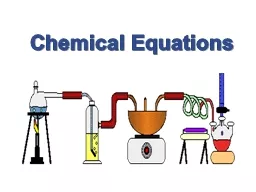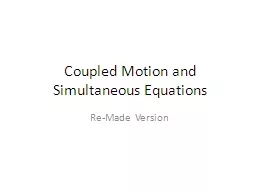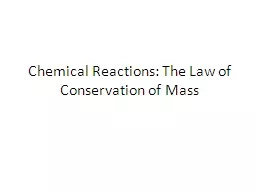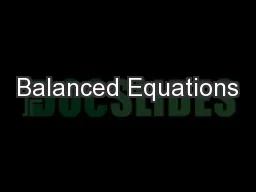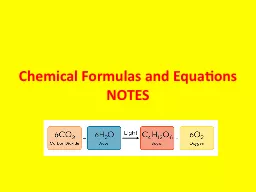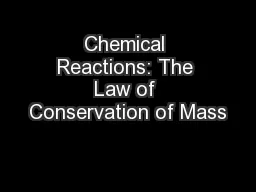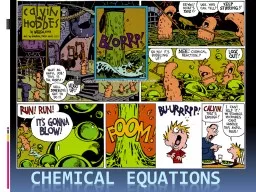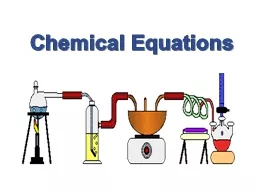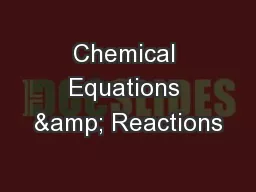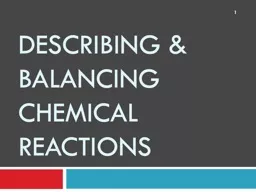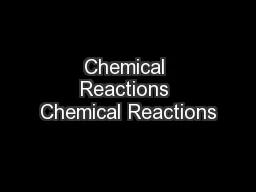PPT-Chemical Equations Laws The Law of Conservation of Mass
Author : faustina-dinatale | Published Date : 2018-10-31
In a chemical reaction the total mass of everything at the end of the reaction is the same as the total mass at the beginning The Law of Constant Composition However
Presentation Embed Code
Download Presentation
Download Presentation The PPT/PDF document "Chemical Equations Laws The Law of Conse..." is the property of its rightful owner. Permission is granted to download and print the materials on this website for personal, non-commercial use only, and to display it on your personal computer provided you do not modify the materials and that you retain all copyright notices contained in the materials. By downloading content from our website, you accept the terms of this agreement.
Chemical Equations Laws The Law of Conservation of Mass: Transcript
Download Rules Of Document
"Chemical Equations Laws The Law of Conservation of Mass"The content belongs to its owner. You may download and print it for personal use, without modification, and keep all copyright notices. By downloading, you agree to these terms.
Related Documents

